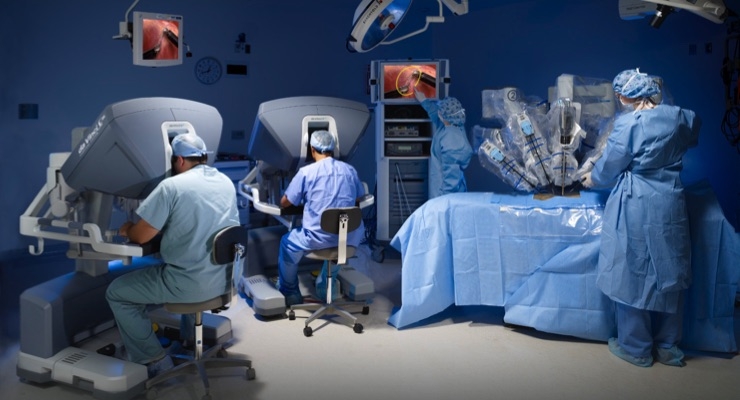Neurosurgery encompasses a wide range of surgical procedures that address conditions affecting the brain, spinal cord, and peripheral nerves. Recent breakthroughs in technology and techniques have revolutionized the field, offering new hope and improved outcomes for patients with neurological disorders.
Cutting-Edge Procedures:
Minimally Invasive Brain Surgery: Traditional brain surgery often involves large incisions and significant trauma. Minimally invasive techniques, including endoscopy and keyhole surgery, have revolutionized brain surgery. These approaches use smaller incisions, reducing the risk of complications, pain, and recovery time.
Deep Brain Stimulation (DBS): DBS is a pioneering treatment for movement disorders like Parkinson’s disease and essential tremor. It involves implanting electrodes into specific brain regions and connecting them to a neurostimulator device, which sends electrical signals to modulate abnormal brain activity.
Functional MRI (fMRI) and Brain Mapping: Advanced imaging techniques, such as fMRI, allow neurosurgeons to create detailed maps of the brain’s functional areas. This precise mapping is invaluable for planning surgeries to avoid critical brain regions and preserve essential functions.
Neuroendoscopy: Neuroendoscopy involves the use of small, flexible endoscopes to access and treat neurological conditions through natural openings or small incisions. It is especially effective for conditions like hydrocephalus and certain brain tumors.
Laser Interstitial Thermal Therapy (LITT): LITT is a minimally invasive technique that uses laser energy to treat brain tumors and epileptic tissue. It offers precise tumor ablation while minimizing damage to surrounding healthy brain tissue.
Robotic-Assisted Surgery: Robotics have found their way into neurosurgery, assisting surgeons in performing intricate procedures with precision. Robots can enhance the surgeon’s dexterity and control, making surgeries safer and more effective.
3D Printing and Patient-Specific Implants: 3D printing technology is used to create patient-specific implants for skull defects and spinal disorders. These custom implants provide a better fit and improved patient outcomes.
Gamma Knife Radiosurgery: Gamma Knife radiosurgery is a non-invasive treatment that uses precisely targeted radiation to treat brain tumors and other neurological conditions. It offers a highly accurate and focused approach to tumor management.
Impact on Patient Care:
The impact of these cutting-edge procedures and innovations in neurosurgery is substantial:
Enhanced Precision: Minimally invasive techniques, advanced imaging, and robotic assistance provide neurosurgeons with unprecedented precision in their procedures, minimizing damage to healthy tissue.
Reduced Recovery Time: Minimally invasive procedures generally lead to shorter hospital stays, reduced postoperative pain, and faster recoveries, allowing patients to return to their normal lives more quickly.
Improved Quality of Life: Neurosurgery breakthroughs offer new hope for patients with neurological conditions, allowing for symptom management and improved quality of life.
Customized Treatment: Patient-specific implants and tailored surgical approaches ensure that each patient receives individualized care, optimizing outcomes.
Expanding Treatment Options: With the advancement of neurosurgical techniques, a broader range of patients can be candidates for surgery, including those who were previously considered inoperable.
Neurosurgery is a field of constant innovation and progress, driven by technological advancements and the dedication of neurosurgeons. These cutting-edge procedures are changing the landscape of neurological care, offering new hope and improved outcomes for patients. As neurosurgery continues to push the boundaries of what is possible, it holds the promise of even greater advancements and enhanced patient care in the future.
